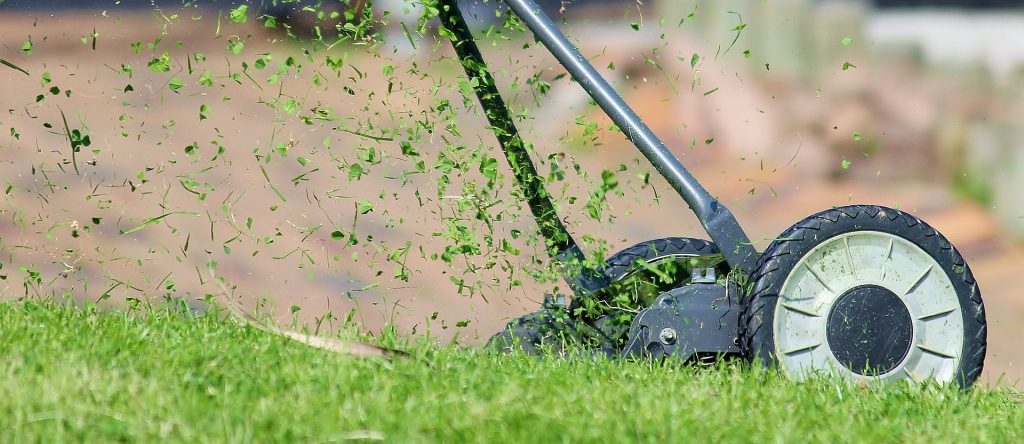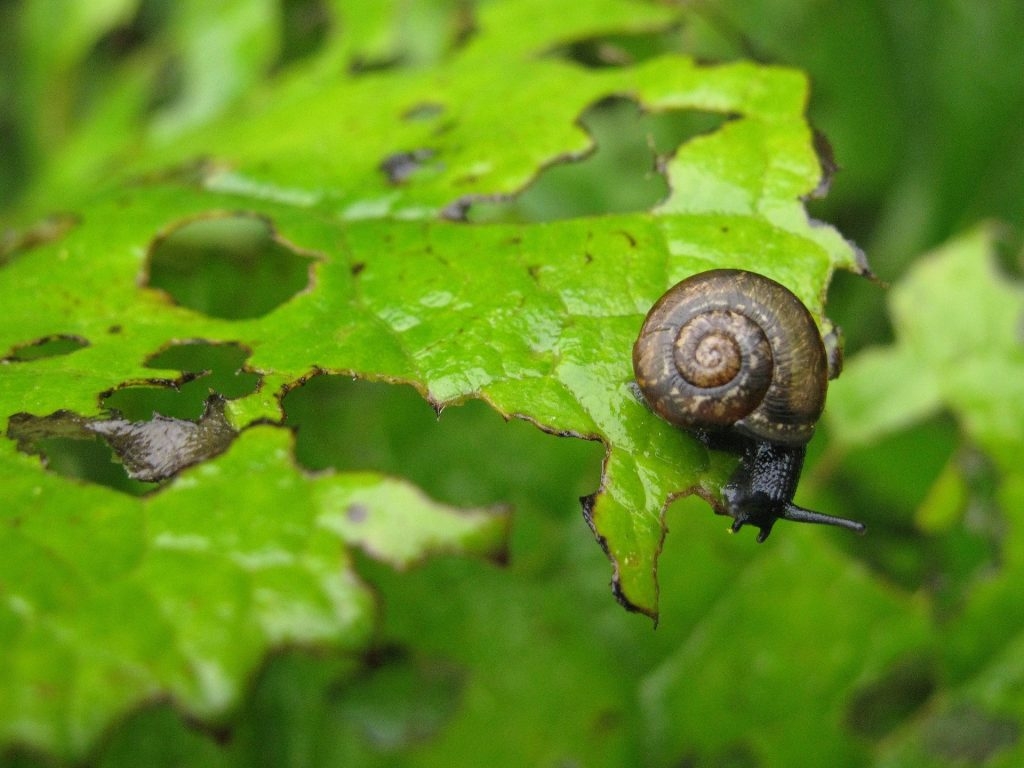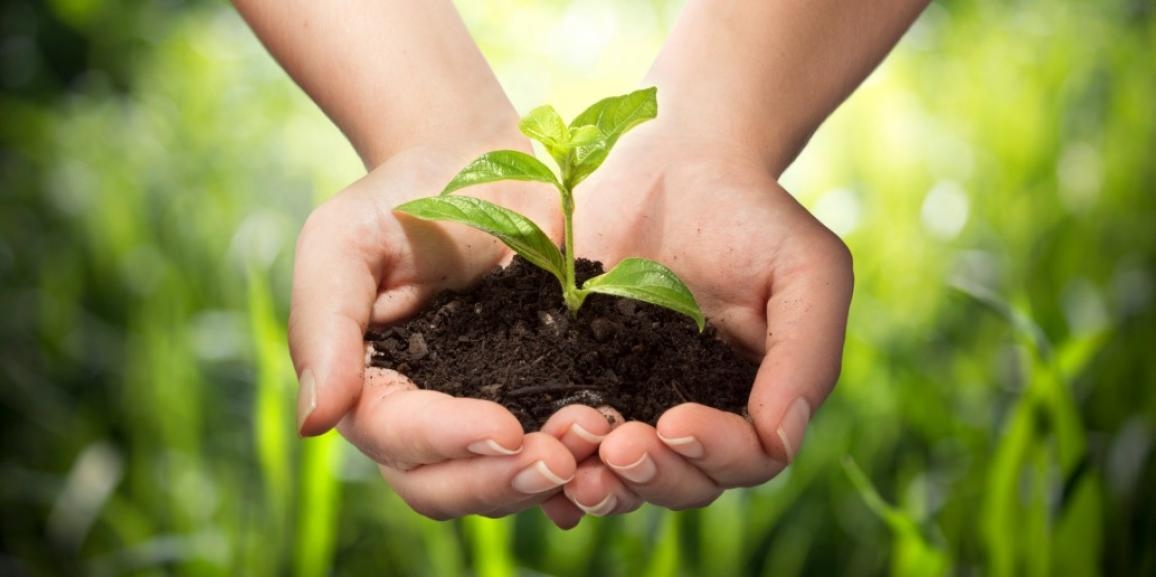Top 5 Best Ways for Gardening
 |
| Don't forget to water your plants (Photo: Professional Gardening Service) |
Gardening is rather than a boring task but becomes hobbies. To make garden an ideal and beautiful place, those gardening tips will help you have a lush garden. It’s a fact that viewing beautiful things helps people to relax and unwind after a hard-working day.
You can walk around in your garden, listen to the birds or bees, smell the flowers, and enjoy the morning atmosphere in the garden.
1. Watering
It goes without saying that watering your plants is tremendously important. Every species of plants has its own preference, so make sure you find out more specifically how often you have to water them. Generally, it’s better to water plants early in the morning or in the evening. This is the time when the soil is cooler. If you water your plants during a hot day, more water will evaporate quicker. Also, during the hot days, most plants need to be watered once a day and during the winter – once a week. But again, take into consideration the species of plant first and the rainfall that your garden gets.
Water gently to avoid damaging the soil and make sure you don’t water the leaves too much, so they don’t get moldy and they can get fundal diseases. Water directly into the soil. If you just planted seeds, just carefully sprinkle water on them. Otherwise using a hose or a heavy stream of water might wash away the seeds or cause them to cluster together.
You can also use an irrigation system, if you don’t have time to water your garden or you’re away a lot. This way you can regulate the amount of moisture in the soil and the micro-irrigation systems (or drip irrigation) are definitely an eco-friendlier solution. It can save you up to 60% of water usage and will ensure that the soil is watered and not the leaves.
If the soil around the plant stem is soaked, that means that you’ve watered it. Mold or moss growing on the soil also means you’ve been overwatering your plants. On the other hand, wilting of plants, brown or dead leaves and slow growth are indications for too little water.
2. Lawn Care
 |
| You need to make sure your lawn is protected (Photo: Professional Gardening Service) |
Using a spring tinned rake, you can remove thatch and moss. And using a garden fork, you can make deep holes in the soil every 10 cm, so water and nutrients reach the roots easier. Then you can plant seeds, use garden fertilizer and water it regularly until the grass grows. You can also have a gardener to put turf in your garden.
| They are different kinds of soil and they need a different kind of care: Clay soil – add organic material such as compost or peat moss. Loosen the soil and water it as fast as it absorbs the water. Clay soil tend to absorb water really slowly. Loam soil – this is the best kind of soil you can have since it’s a mix of sand, silt and clay. It absorbs the water easily and stores if for the plants. Sandy soil – add organic material that will supplement the soil. Else, the water will run through it too quickly and the plants won’t be able to absorb it. |
You need to make sure your lawn is protected from the hot water. Up to 26°C will help the plants grow, but anything above 30°C will halt growth. When temperatures rise, avoid cutting the lawn too short. Leave it about 5 cm in order to protect the soil from drying out under the sun.
Your lawn also needs regular watering. Generally, you can use 10-15 liters of water per square meter. Drip irrigation can help you with timings and avoiding over watering the lawn.
Soils have the tendency to lose their properties with time resulting in low capacity to sustain plants. When that happens, it means that your soil needs replacement. Find out more about lawn care from one of our previous articles on our blog.
3. Weeding
Weeds use the resources that your plants need and can kill your garden quickly. Then can also harbor pests and diseases, so it’s critical that you avoid having weeds in your garden. To prevent them from growing, plant beds densely and that will reduce the space available for them to sprout. The usage of mulch will also prevent weeds from growing. If it’s too late and you already have weeds in your garden, you should remove the roots by using a weeding trowel.
How do I get rid of weeds?
The best way to prevent weeds is to leave no bare earth. Space plants close together so they shade the ground between them, and mulch the soil. Most weed seeds need light to germinate, so these two practices go a long way in minimizing weed eruption from the soil. Also avoid disturbing the soil when possible, as this brings new weed seeds to the surface where they can germinate and flourish.
Work especially hard to remove the roots of perennial weeds, as they will often resprout from root pieces left behind. Above all, don't let any weeds go to seed, as that will only increase your weeding next year, according to Burpee.
4. Pest and Disease Control
 |
| Photo: Professional Gardening Services |
When it comes to diseases, most of them are caused by fungi, bacteria and viruses. Those diseases include white rust, bacterial leaf spot, ovulinia petal blight and anthracnose. You can prevent fungal diseases from avoiding overwatering your garden. And you can prevent the bacterial and viral ones by using clean pruning and weeding tools.
If, however, your plants are infected by a disease, you will need to use chemicals to kill the microorganisms that cause diseases.Pests and diseases can easily kill every plant in your garden, so preventing them to grow in your garden is critical. Some of the pests that you should look for are mites, aphids, bugs, whiteflies and gnats. Some of them are attracted by weeds, so by just preventing weeds, you will also prevent having pests. Other bigger pests can be avoided by installing barriers and traps. If you start getting pests, use the appropriate pesticides to eradicate them. Also, you can remove the highly affected plants from your garden.
Prevention is better than cureChoose disease-resistant varieties. Many ornamental plants and vegetables have proven resistance to diseases such as canker, mildew, and rust. Don't overcrowd your plants. Good air circulation prevents the damp conditions that promote the growth of fungi and other disease organisms. Watch moisture levels. Notice if the soil is too wet or too dry and correct these conditions. Try to keep foliage dry. Practice crop rotation. Insects and disease pathogens can persist in the soil from one season to the next. Moving susceptible crops from year to year is excellent preventive medicine. Inspect your plants. Address problems before they get out of hand. Remove and destroy any fruit or foliage that you suspect may be diseased. Be sanitary. Humans are effective, if innocent, spreaders of plant disease. Pathogens can be spread by your footwear, hands, and clothes. Wash your hands before and after working with your plants, and clean your clothes if you think you have come in contact with sick plants. Clean your tools. Soil clinging to tools may harbor disease organisms. Similarly, clean out pots and flats before reusing them. A 10 percent bleach solution (1 part bleach to nine parts water) makes a good disinfectant. |
5. Plant Care
 |
| Photo: Make my garden |
Pinch and Prune
Your plants will take up a lot of care, if you want to grow them healthy.
Pinching refers to the process of removing the stem tips of the plants in order to encourage lateral and healthy growth. It also helps your plants to branch out more and have a good formation of more flowers. And pruning is the process of cutting back the overgrown branches in order to control the growth and form the shape of your plants better
Thin and Cull
Thinning is when you remove the additional plants in order to create space for the rest. This is needed when your plants don’t get enough resources and nutrients. Culling is the process of removing the unwanted plants which are weak, diseased or infested. This is again done to make more room for the rest of the plants but also to control pests and diseases.
Staking
If some of the plant stems need support, you can put stakes and rods in the ground and tie the stem to them. It will also help them grow in a given direction.
Deadheading
You need to deadhead your plants when the flower heads old or dead. This will encourage the plant to bloom again. You can use your fingers or a shearing tool to remove the flower heads.
Use Clean Tools
As we mentioned earlier, cleaning your garden tools will prevent your plants catching diseases. So, make sure that your weeding and pruning tools are being cleaned before and after use. You can disinfect the tools with disinfectants like chlorine bleach, isopropyl.
Mulching
We mentioned mulching earlier and for those who don’t know what that is, mulching refers for laying down organic materials on the soil. It improves the retention of moisture, regulates the temperature, prevents erosion, and reduces the changes of diseases. If you put organic material that is 3-4 inches and reapply it, it will prevent the sprouting of weeds.
You can use hay, leaves, straw, sawdust, wood chips, paper, bark, grass clippings or any other organic material for mulching. Ideal time for applying it is in spring, but not before it’s already warm outside. Putting it down too early will delay the warming of soil. Best timing would be when the soil is 18°C at least 4 inches deep.
Sunlight and Shade
You need to make sure that your plants are getting enough sunlight as a source of energy. Get familiar with your plants need before placing them in certain spots in your garden. Some plants need more sun the others. If they need a lot of sun, place your plants away from tall buildings and trees. On the other hand, if they need more shade, place vases or a barrier or anything else that can block the sunlight during parts of the day. Finally, when there is a heat wave, make sure all your plants get shade to avoid them from drying out under the sun. Have a shade cover in hand for that purposes, provided Professional Gardening Services.
 | 5 Tips to Whiten your Teeth Naturally at Home How to whiten your teeth: Teeth inevitably begin to yellow with age, but a range of strategies can slow the process and even reverse it ... |
 | Useful Tips To Maintain A Healthy Lifestyle Maintaining a healthy lifestyle is an important key to a happy life. Everyone already knows this, but very few people actually take the steps that ... |
 | TIPS to prevent and care for dry skin in Winter Treatment dry skin at home: Winter and skin are not the best of friends. As the temperatures continue to drop, the dry environment and lack ... |























